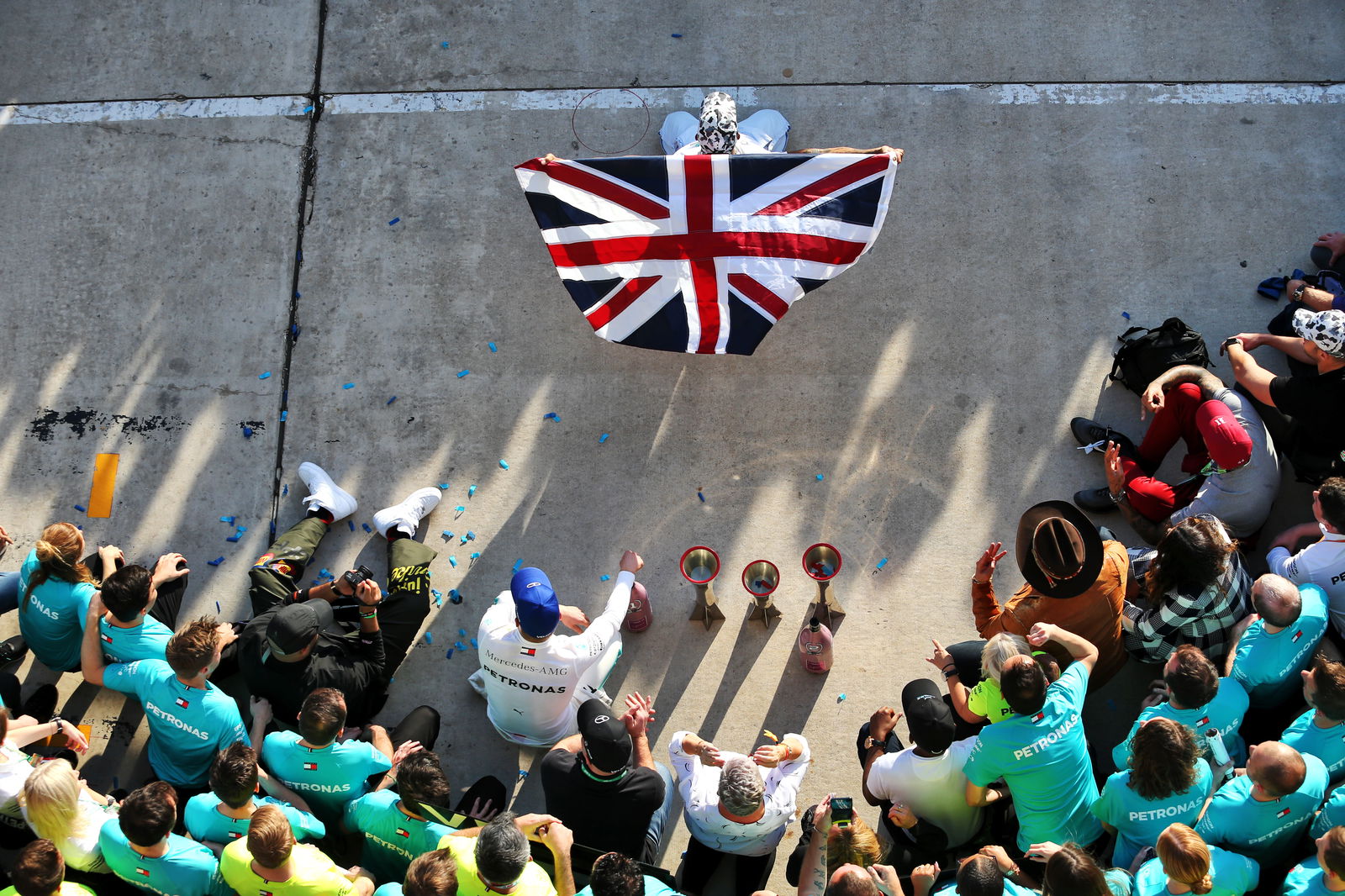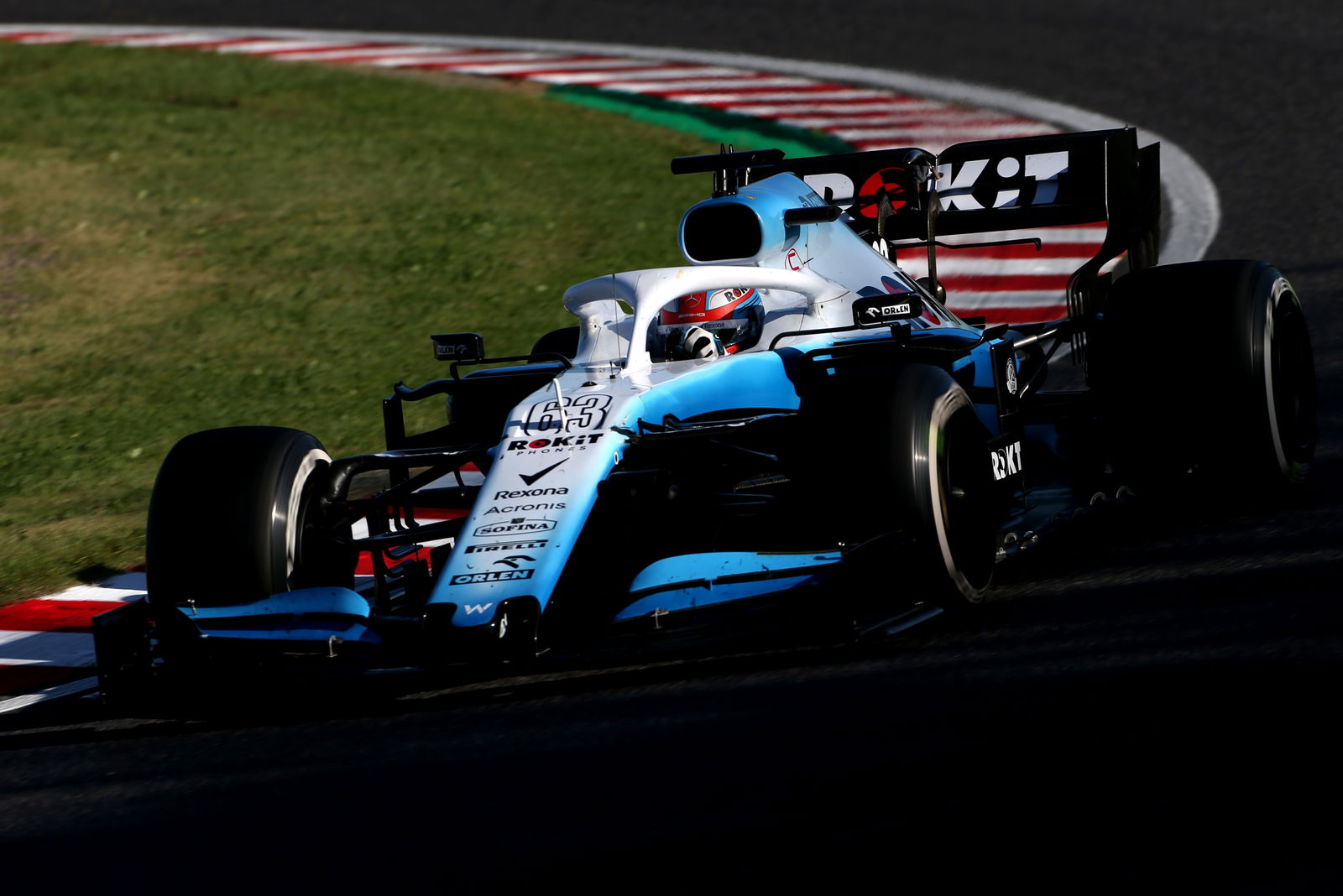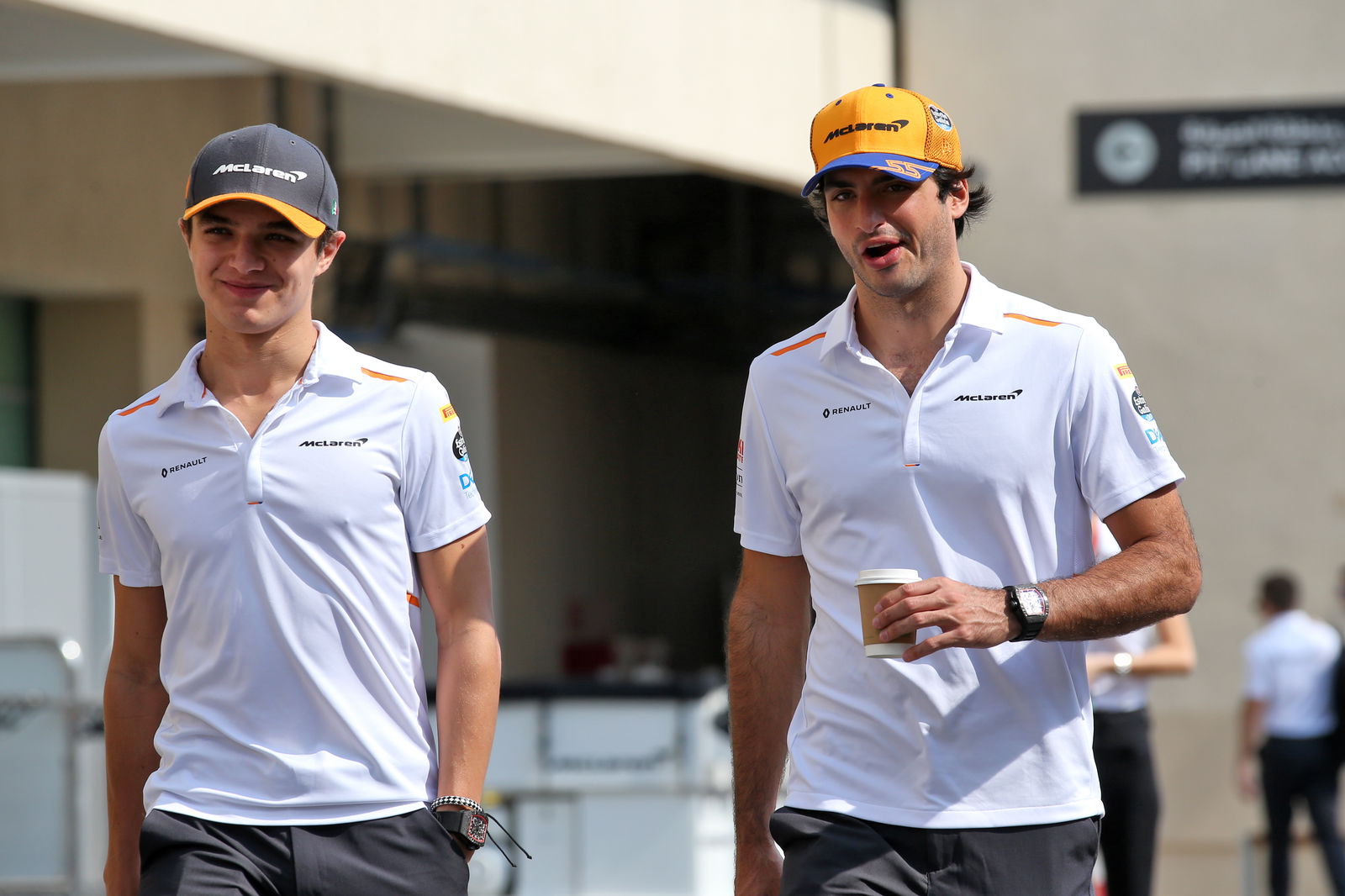Why 2020 will be a Formula 1 season to savour
Amid all the hubbub and interest in the supposed revolution that awaits Formula 1 next year upon the introduction of the new technical and financial regulations, it feels like 2020 has already been forgotten or written off in many corners.
It’s a dead rubber, the cynics say. Another year of Mercedes’ dominance. Another title for Lewis Hamilton. Yawn. Wake me up when 2021 begins please.

Amid all the hubbub and interest in the supposed revolution that awaits Formula 1 next year upon the introduction of the new technical and financial regulations, it feels like 2020 has already been forgotten or written off in many corners.
It’s a dead rubber, the cynics say. Another year of Mercedes’ dominance. Another title for Lewis Hamilton. Yawn. Wake me up when 2021 begins please.
But such thinking misses the fact that 2020 has the potential to be one of the most spectacular seasons in recent F1 history. There is a real possibility of an open title challenge. More midfield mayhem seems like a safe bet. And the cars are going to be the fastest we have ever seen – and may see for some time.
The maturity of the technical regulations gives great hope for convergence between the leading three teams of Mercedes, Ferrari and Red Bull for 2020. While Mercedes may have swept to a sixth straight set of titles last year, scoring 15 wins from a possible 21, as well as taking one-two in the drivers’ standings, the closing stages of the season saw it face stern opposition at the front as its rivals made decent inroads – albeit too little, too late for the title race.
Max Verstappen will start the year hopeful of taking the fight to Hamilton for the championship as Red Bull’s team leader. Verstappen’s finish to 2019 in particular gave many hope he would be able to make another step up next year as the Red Bull-Honda partnership continues to develop through its second season. The Honda power unit is now more than a match for Mercedes’ offering, meaning there will be no more excuses for Red Bull to lean on its tradition for strong design and give Verstappen what he needs to battle for a maiden crown. This is the last season in which he can break Sebastian Vettel’s record as the youngest world champion.
Another driver chasing that feat will be Vettel’s Ferrari teammate, Charles Leclerc. Like Verstappen, his form improved as the season wore on, ironing out some early mistakes to finish strongly with two wins and seven pole positions to his name. The rate at which Leclerc was able to learn from his errors proves there is plenty of room for growth, making him a real threat to Hamilton’s supremacy should Ferrari produce a car capable of battling Mercedes on a more regular basis.
And then there is Vettel. His standing may have taken a bit of a hit after being beaten by Leclerc in their first season as teammates at Ferrari, yet he proved on several occasions that he remains one of the quickest drivers on the grid. The team will be eager to remedy any tensions lingering between its drivers following their late-season run-ins, knowing it could hinder any potential title challenge.
The final threat to Hamilton’s supremacy comes within his own camp: Valtteri Bottas. The rejuvenated ‘Bottas 2.0’ started and finished 2019 strongly, with his mid-season dip in form hurting any hopes of a run for the title. If the Finn can build on his end to last year and capitalise on any errors that may creep in for Hamilton in the early part of the season, he could put himself in a very healthy position.
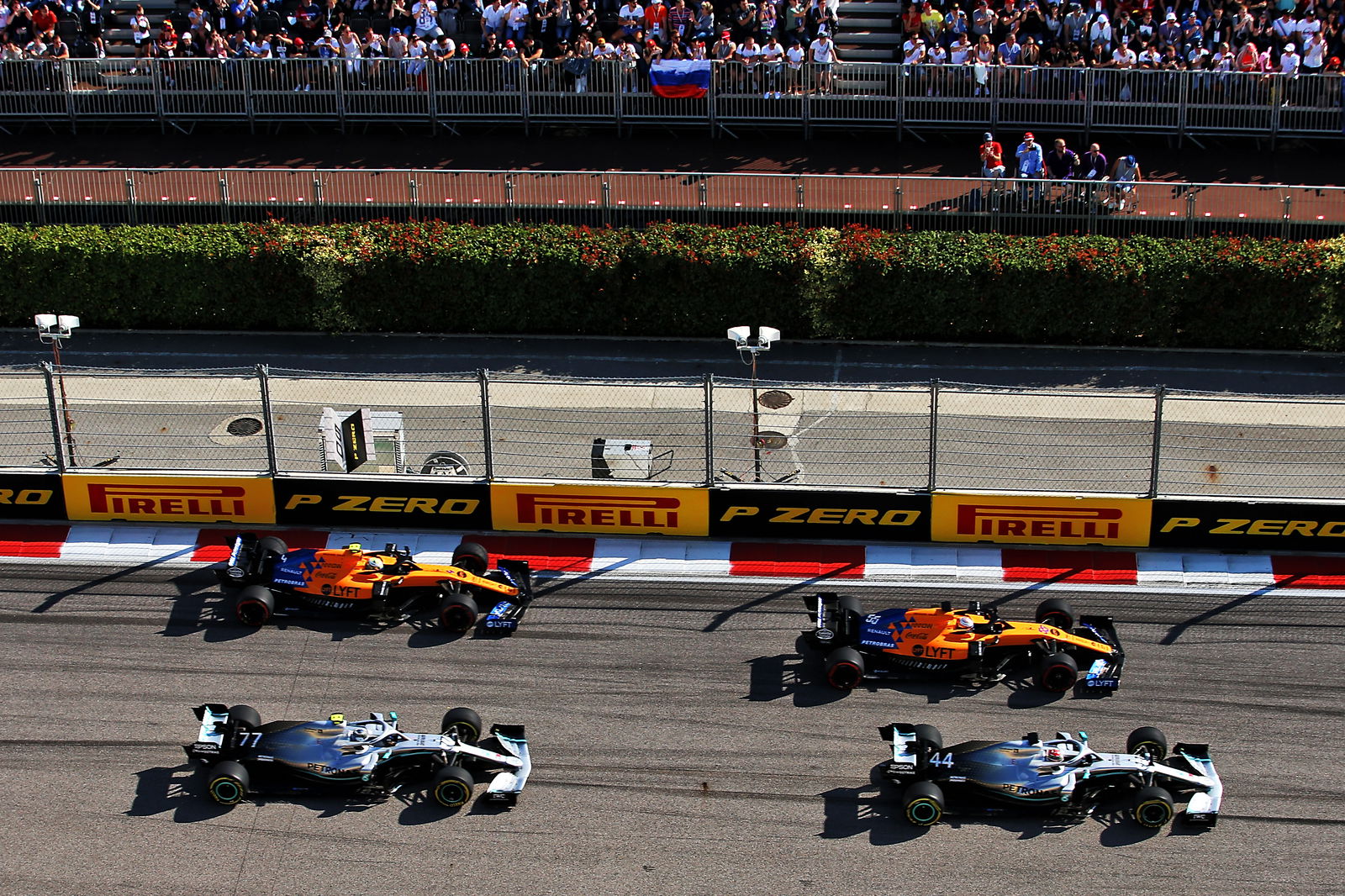
Five drivers all with a shout of the title is something we should get excited about. Naturally, it depends on how their teams’ new designs stack up, but with the regulations now so mature (this will be Year 4 of the 2017 ruleset), power unit development converging, and the need to place a greater emphasis on preparing for the 2021 rule change, we could end up with three very evenly-matched teams at the head of the field.
It is something we have lacked in F1 for some time. Not since the early part of 2013 has there been real variety in the battle at the head of the field, and while it could prove short-lived this season if one of the ‘big three’ can steal a march under the 2021 regulations, it would nevertheless tick a big box for F1 fans.
What would be ideal is the kind of performance convergence that we have seen through F1’s midfield. McLaren may have ended the year comfortably clear in the battle to be ‘best of the rest’, but the momentum at the head of the midfield changed hands throughout the 2019 campaign.
McLaren, Renault, Racing Point, Toro Rosso and Haas all finished as the leading team behind the ‘big three’ at least once last season, proving the even spread we saw through the year. While some may be more aggressive than others in their shift to 2021, we should see a continuation of the close fight from last year – even if the gulf to the leading trio remains too great to bridge in a single winter.
But for me, it is the cars themselves that are the most tantalising prospect of the upcoming season. They are set to be the fastest we have ever seen in F1.
Even with the changes to the front wings for 2019, last season saw nine new lap records be set at circuits through the season, and a mammoth 14 new track records (fastest times not set in race trim, typically Q3). The 2017 rule changes paved the way for cars to eclipse many of the benchmarks set back in 2004, which was previously the fastest formula the sport has known. And that should only be built on this year.
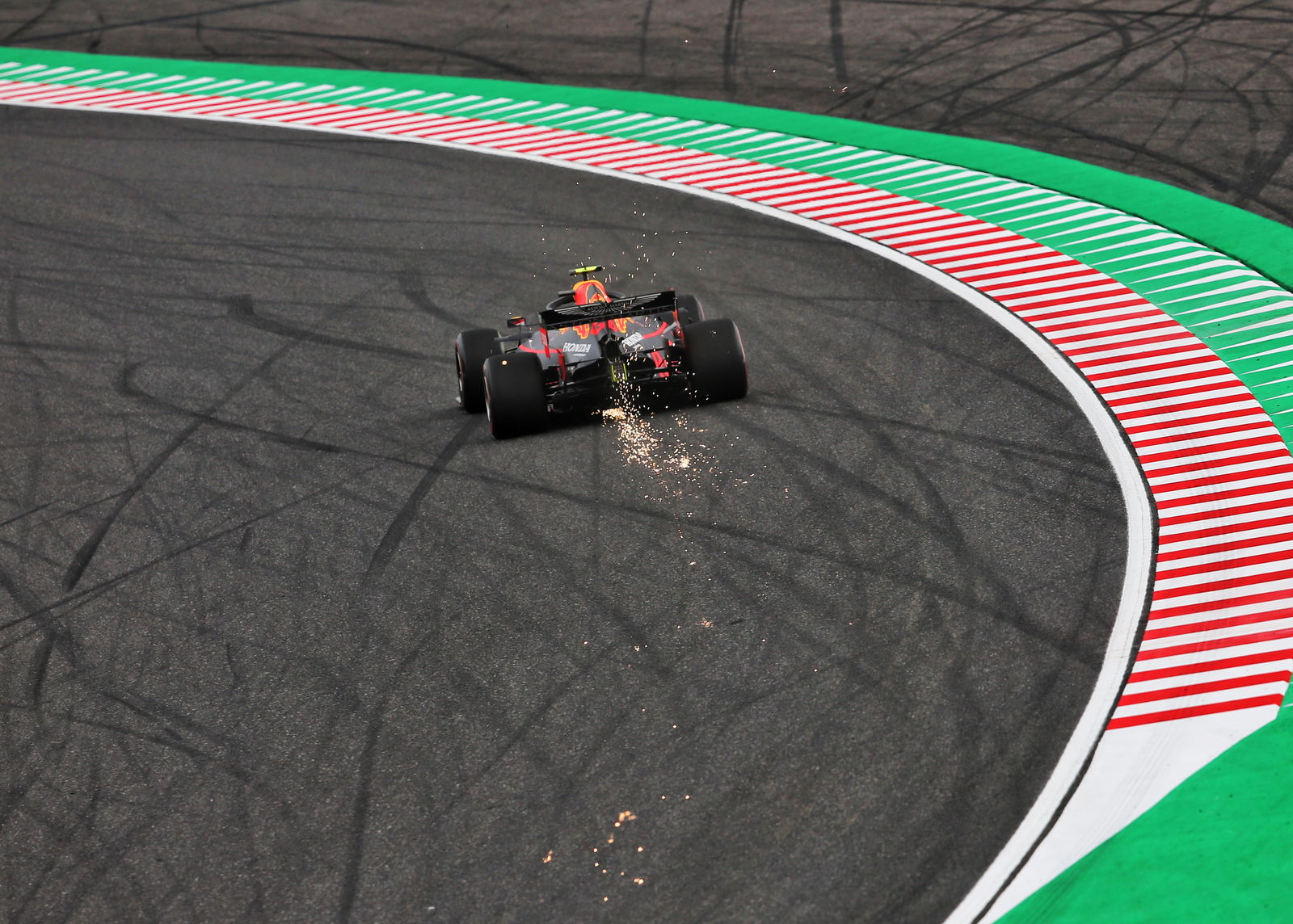
And it could well be that 2020 is remembered in a similar fashion to 2004. Under the 2021 regulations, the cars are set to be pegged back by around 3.5 seconds per lap. While some of that loss will naturally be recovered in time, as the focus shifts towards creating a closer on-track spectacle, outright speed is unlikely to be something the sport’s rule makers go chasing for some time.
So this is a season that we need to savour. Yes, the cars aren’t as loud as they once were – if you’re still upset about that but still here, then it’s clearly not that big a deal – and maybe not as fearsome as they were in the early 2000s. But they are still marvels of engineering that need proper appreciation.
That’s just a smattering of the on-track goodness we can look forward to this year – but what about the off-track shenanigans? With the rules all set for 2021, the teams still need to finalise the commercial arrangements and commit their futures. The driver market could be particularly spicy as Hamilton, Bottas, Vettel, Daniel Ricciardo and numerous others reach the end of their contracts. The two talking points are likely to be intertwined, especially in the case of Hamilton and Mercedes.
There is plenty we can quibble and moan about in F1. But it still remains the sport that we love dearly. Things may not be perfect – things never will be – but we need to shake off some of the negativity and embrace the positives.
The opportunity to write about this glorious sport for the past three seasons for Crash.net has been the greatest honour of my career to date. It’s been a period of intense change for F1, from the adoption of the 2017 regulations to the agreements set for 2021, but at no point has my interest in the sport waned or diminished. In fact, with every race that goes by, with every article published and feature filed, I find myself falling more and more in love with the sport and its nuances.
Hopefully 2020 gives all of us a similar kind of spark and becomes a year we will look back on with great fondness. It certainly has the potential to be precisely that.
